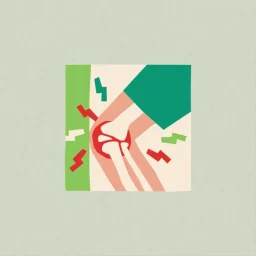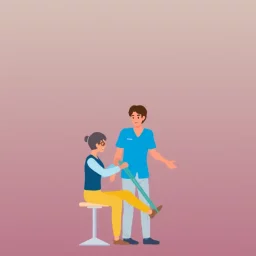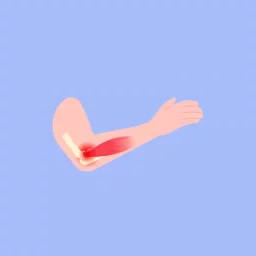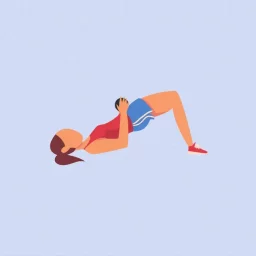Understanding Snapping Hip Syndrome – Ottawa: Causes, Symptoms, and Treatment
Snapping Hip Syndrome (SHS), also known as coxa saltans, is a condition that causes a snapping or popping sensation in the hip. This blog post will explain the causes, symptoms, and treatment options for Snapping Hip Syndrome in Ottawa, providing valuable information for those seeking to understand and address this common hip issue.
What Causes Snapping Hip Syndrome?
Snapping Hip Syndrome is categorized into three primary types based on the location of the snapping:
1. External Snapping Hip:
The most common type is caused by the iliotibial (IT) band or the gluteus maximus tendon snapping over the greater trochanter of the femur. This type is frequently seen in runners, dancers, and athletes performing repetitive hip movements.
2. Internal Snapping Hip:
It occurs when the iliopsoas tendon snaps over the iliopectineal eminence of the pelvis or the femur’s head. It’s common in dancers and individuals engaging in activities requiring repetitive hip flexion.
3. Intra-Articular Snapping Hip:
The least common type is caused by loose bodies within the hip joint, such as cartilage fragments or labral tears. This type results in the snapping of these fragments within the joint space.
Symptoms of a Snapping Hip:
The primary symptom of Snapping Hip Syndrome is a snapping or popping sensation in the hip, which may or may not be accompanied by pain. Symptoms vary based on the type:
- External Snapping Hip: A noticeable snapping sensation outside the hip, especially during activities like walking, running, or climbing stairs, potentially accompanied by pain from bursitis (inflammation of the bursa).
- Internal Snapping Hip: A snapping sensation deep in the groin or front of the hip, particularly during hip flexion or rotation. Pain may occur if the iliopsoas tendon becomes inflamed.
- Intra-Articular Snapping Hip: Along with the snapping sensation, this type often involves deep, persistent hip pain, reduced range of motion, and sometimes a locking or catching sensation within the joint.
How to Fix Snapping Hip Syndrome:
Treating Snapping Hip Syndrome typically begins with conservative approaches, especially when pain and functional limitations are minimal. Here are the most effective treatment options:
- Rest and Activity Modification: Reducing or avoiding activities that trigger snapping can alleviate symptoms, particularly for athletes involved in repetitive hip movements.
- Physical Therapy: Customized physical therapy programs focus on strengthening and stretching the hip flexors, abductors, and IT band. Core stability exercises are also vital for addressing underlying biomechanical issues.
- Manual Therapy: Chiropractic or physiotherapy treatments, including manual therapy, can improve hip function by mobilizing the joint, reducing muscle tightness, and addressing the soft tissue components of SHS.
Preventing Snapping Hips:
While not always preventable, especially in those with certain anatomical predispositions, the following strategies can help minimize the risk of developing Snapping Hip Syndrome:
- Warm-Up Properly: Warming up before physical activity reduces the risk of soft tissue injuries. Include dynamic stretches and active ranges of motion in your warm-up routine.
- Strengthening and Flexibility Training: Regular exercises that strengthen the hip muscles and improve flexibility can maintain healthy hip function.
- Gradual Progression in Training: Avoid sudden increases in activity intensity or volume to prevent straining the hip structures and triggering SHS.
Snapping Hip Syndrome is a common condition that, while often benign, can cause discomfort and concern. By understanding the causes, recognizing the symptoms, and seeking appropriate treatment, you can effectively manage Snapping Hip Syndrome. For more information or to book an appointment with one of our healthcare professionals, visit our clinic websites at Curavita Byward and Curavita Glebe.
Byward Market
Email: info.byward@curavita.com
Glebe
Email: info.glebe@curavita.com















